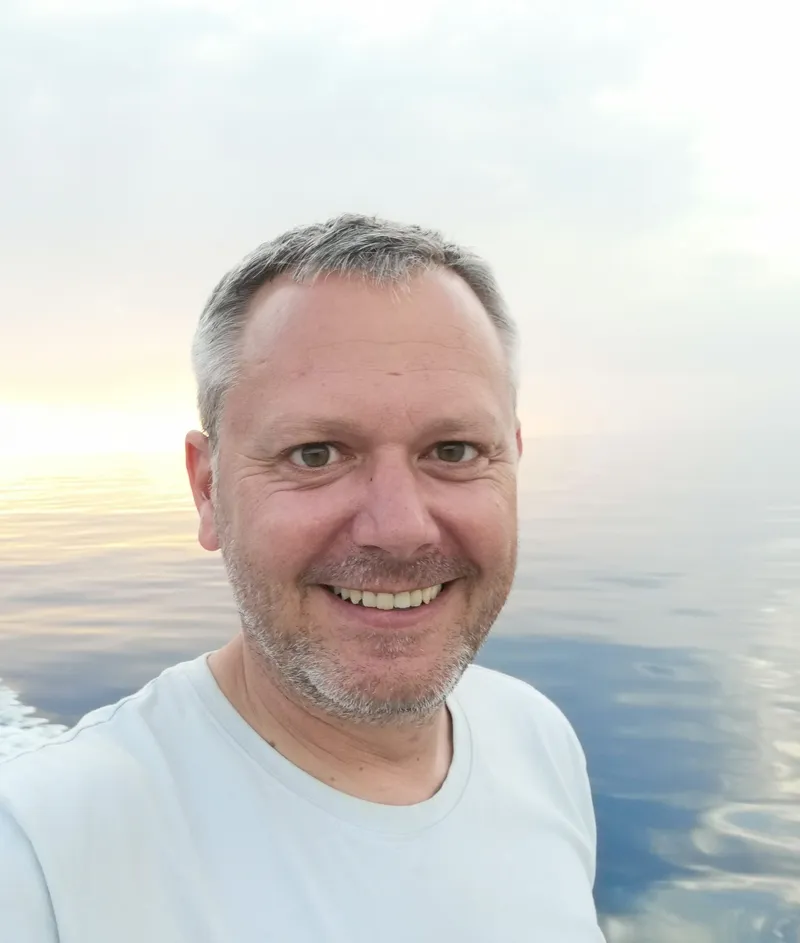Grgur Pleslić, PhD

Grgur Pleslić, PhD
Title
Location
Pronouns
Education
Teaching
about
Faculty Profile
During undergraduate studies I developed a keen interest in scientific methods used in ecology. Being a SCUBA diver, I’ve researched parameters influencing the growth of an ascidian species for my B.Sc. thesis. As I’ve started to work for the Blue World Institute, my primary research interests shifted to population dynamics and spatial and social ecology of bottlenose dolphins and other cetaceans. Since 2008 I’ve been carrying out boat-based research and utilizing photo-identification data to model their population parameters, home range, habitat use and social structure in several study areas in the eastern Adriatic. A significant part of this research is focused also on the influence of human activities, most notably fisheries, aquaculture and leisure boating, on the distribution and habitat use of bottlenose dolphins. Besides this, I have participated in several aerial surveys of the Adriatic Sea, exploring cetacean and sea turtle abundance and distribution on a basin-scale. Recently, my interests are broadening to also include application of scientific methods and results in national and trans-national monitoring schemes in alignment with EU legal frameworks, and translation of the research results into conservation initiatives. Throughout the years, I had a chance to cooperate with numerous volunteers and supervised several B.Sc. and M.Sc. students. Besides the work at the Blue World Institute, I have held several guest lectures about the application of photo-identification methods in visual surveys at the University of Padua (Italy) and currently I am teaching population dynamics modelling as an Assistant Professor at the University of Primorska (Slovenia).
Academics & Research
Research Interests
- Cetacean Population Dynamics
- Social Structure of Cetaceans
- Spatial Ecology of Cetaceans
outputs
Publications
Manea E, Bergami C, Pugnetti A, Fabrizio G, Oggioni A, Bandelj V, Cataletto B, Pleslić G, Bongiorni L (2022). Frontiers in Marine Science, 9:920366.
Pleslić G, Rako-Gospić N, Holcer D. (2021). Marine Mammal Science, 37(1):142–161.
Miočić-Stošić J, Holcer D, Đurović M, Pleslić G, Ikica Z, Vuković V (2020). The Montenegrin Adriatic Coast: Marine Biology, vol 109. The Handbook of Environmental Chemistry. Springer, Cham, str. 515-531.
Pleslić G, Rako-Gospić N, Miočić-Stošić J, Blazinić Vučur T, Radulović M, Mackelworth P, Frleta-Valić M, Holcer D. (2019). Aquatic Conservation: Marine and Freshwater Ecosystems, 29 (12): 2116-2132.
Rako-Gospić N, Radulović M, Vučur T, Pleslić G, Holcer D, Mackelworth P. (2017). Marine Pollution Bulletin, 124(1): 234-244.
Pleslić G, Rako N, Mackelworth P, Wiemann A, Holcer D, Fortuna C. (2013). Aquatic Conservation: Marine and Freshwater Ecosystems, 25(1): 125-137.
Presentations
Pleslić G, Miočić-Stošić J, Rako Gospić N, Holcer D (2019). In: Đurović M (ed.). Book of Abstracts, Adriatic Biodiversity Protection
Pleslić G, Rako-Gospić N, Mackelworth CP, Wiemann A, Holcer D, Fortuna CM (2014). In: Book of Abstracts, 28th Annual Conference of the European Cetacean Society, Liege (Belgium), April 5– 9 2014, European Cetacean Society, Walloon, p. 80.
Pleslić G, Kett G, Rako Gospić N, Vučur T, Holcer D, Miočić-Stošić J, Mackelworth P (2015). Book of Abstracts, 12th Croatian Biological Congress, Sveti Martin na Muri (Croatia), September 18 – 23 2015, Croatian Biological Society, Zagreb, p. 87.
Pleslić G, Rako N, Holcer D, Mackelworth P, Wiemann A, Fortuna C (2012) Book of Abstracts, 11th Croatian Biological Congress, Šibenik (Croatia), September 16–21 2012, Croatian Biological Society, Zagreb, p. 231.